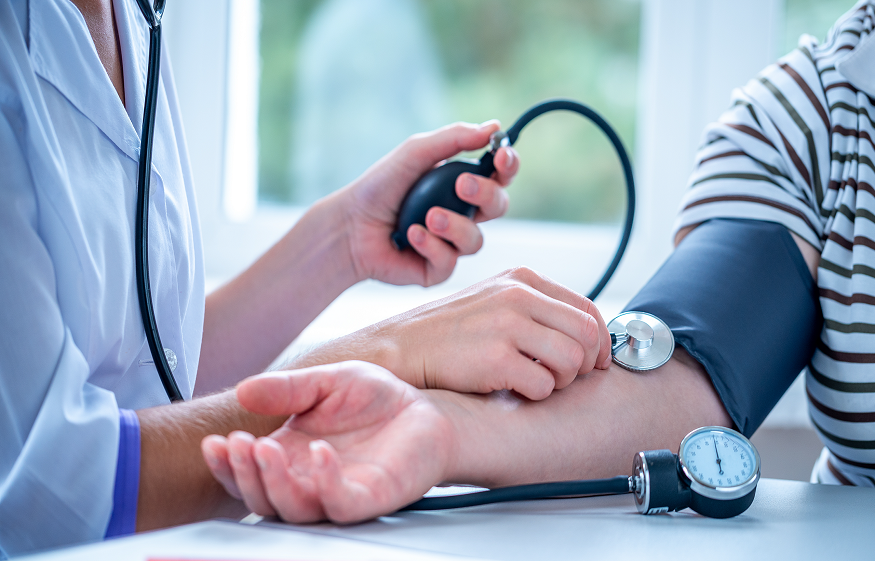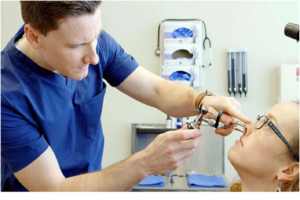
A blood pressure value of less than 90/60 mm Hg is considered low. A variety of factors can cause hypotension. Treatment varies based on the cause. Low blood pressure symptoms include dizziness and fainting. However, many people may not experience these symptoms. Your prognosis is also affected by the reason, so it is important to consult a Houston Medical ER to get the most accurate diagnosis.
What is hypotension?
Hypotension, often known as low blood pressure, occurs when your blood pressure is much lower than normal. It can occur as a standalone disorder or as a sign of other conditions. It does not create any symptoms. However, if this occurs, you may require medical assistance.
Types of hypotension
Hypotension is defined in two ways:
- Absolute hypotension
Your blood pressure at rest is less than 90/60 millimeters of mercury (mm Hg).
- Orthostatic hypotension
When standing up from a seated posture, your blood pressure remains low for over three minutes. (It is typical for your blood pressure to decrease temporarily after changing positions, but not for this long.) The systolic (top) pressure decline must be 20 mm Hg or greater, and the diastolic (bottom) pressure drop must be 10 mm Hg or greater. This is also known as postural hypotension since it occurs due to changes in posture.
Blood pressure is measured using two numbers:
- Systolic
This is the pressure that your arteries experience every time your heart beats. This is the top number.
- Diastolic
This is the amount of pressure in your arteries between heartbeats. This is the bottom number.
When is blood pressure considered low?
A low blood pressure reading is less than 90/60 mm Hg. Average or normal blood pressure is higher, reaching 120/80 mm Hg.
Is hypotension common?
Because low blood pressure is frequently without symptoms, it is hard to estimate how many people are affected. On the other hand, orthostatic hypotension appears to be becoming more frequent as people age. It is believed that 5% of persons have it by age 50, and that proportion rises to more than 30% by age 70.
Who is affected by hypotension?
Depending on the cause, hypotension can affect people of any age or background. However, those over 50 are more prone to experience symptoms (particularly orthostatic hypotension). It can also occur (without symptoms) among physically active persons, which is more prevalent in younger people.
The condition of hypotension is simple to identify. All you need to do is take your blood pressure. But determining the cause of your hypotension is a different affair. If you have symptoms, a healthcare professional would most likely perform a battery of tests to determine what is causing them and if you are at any risk.






